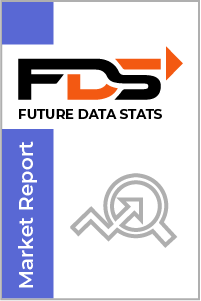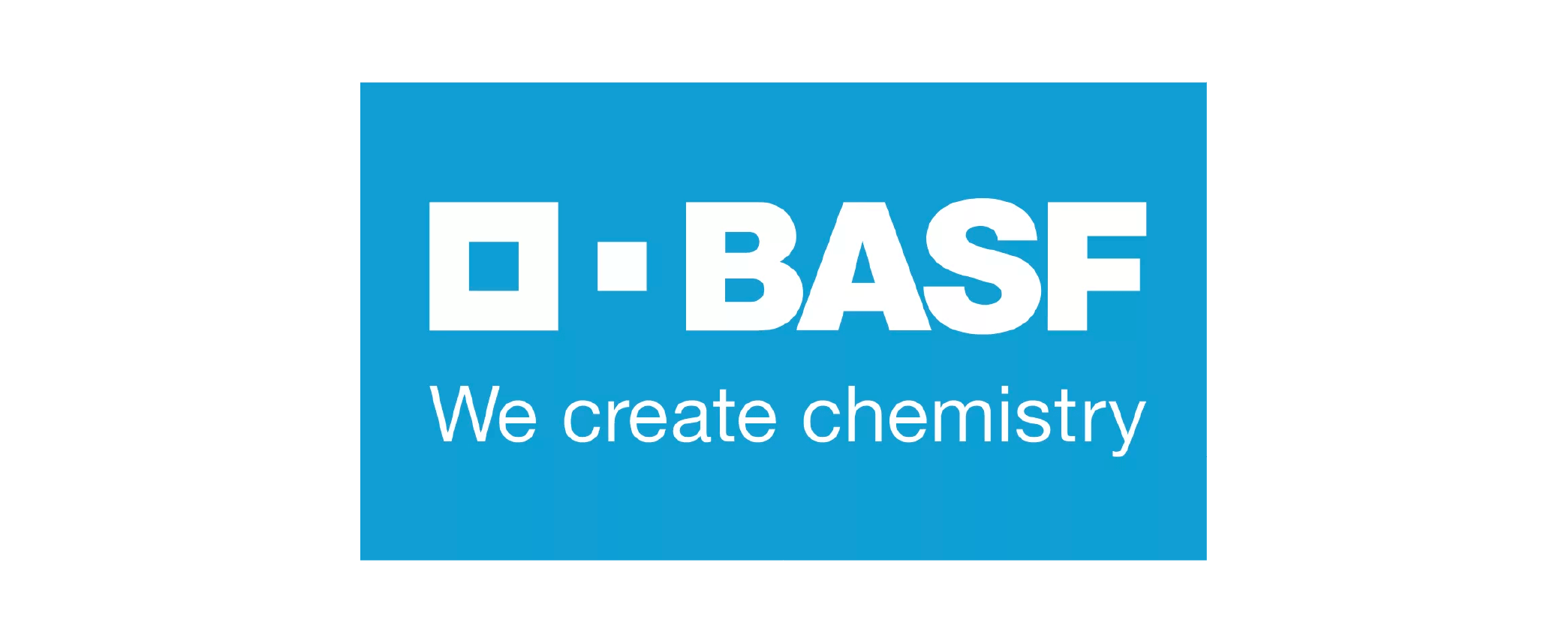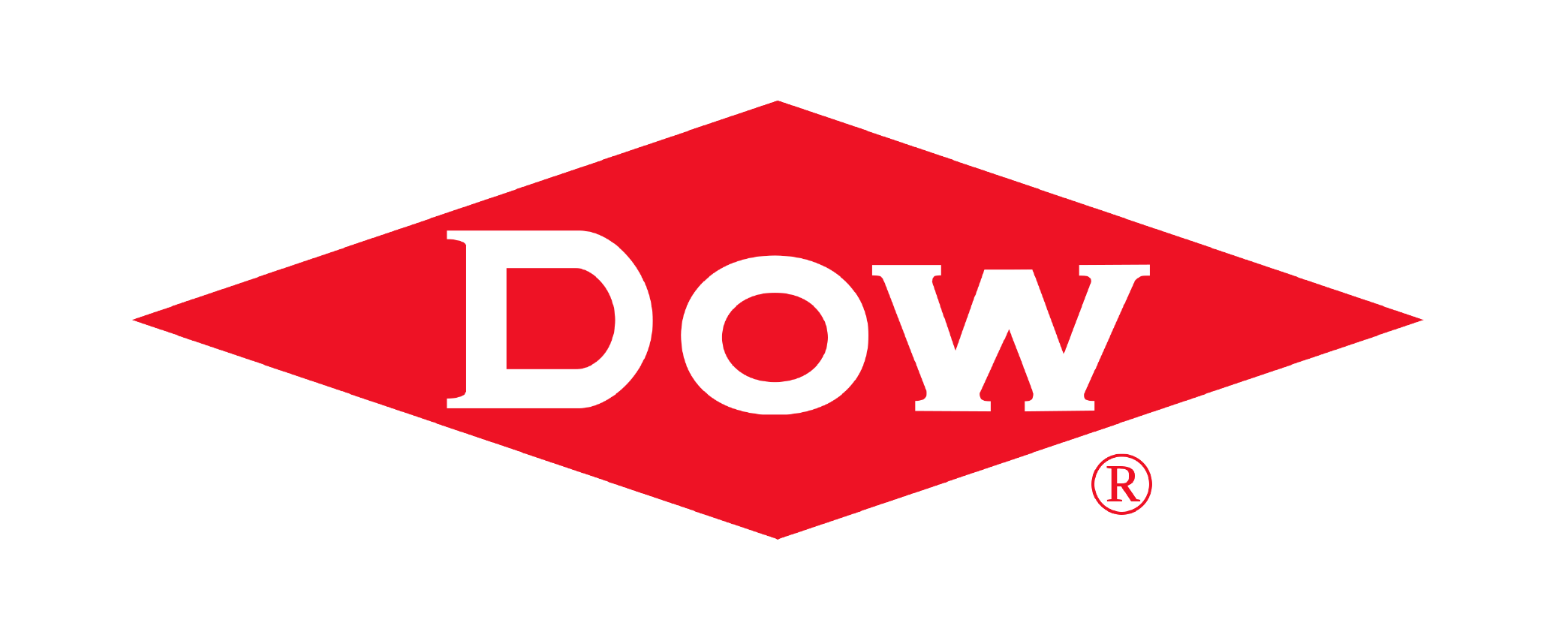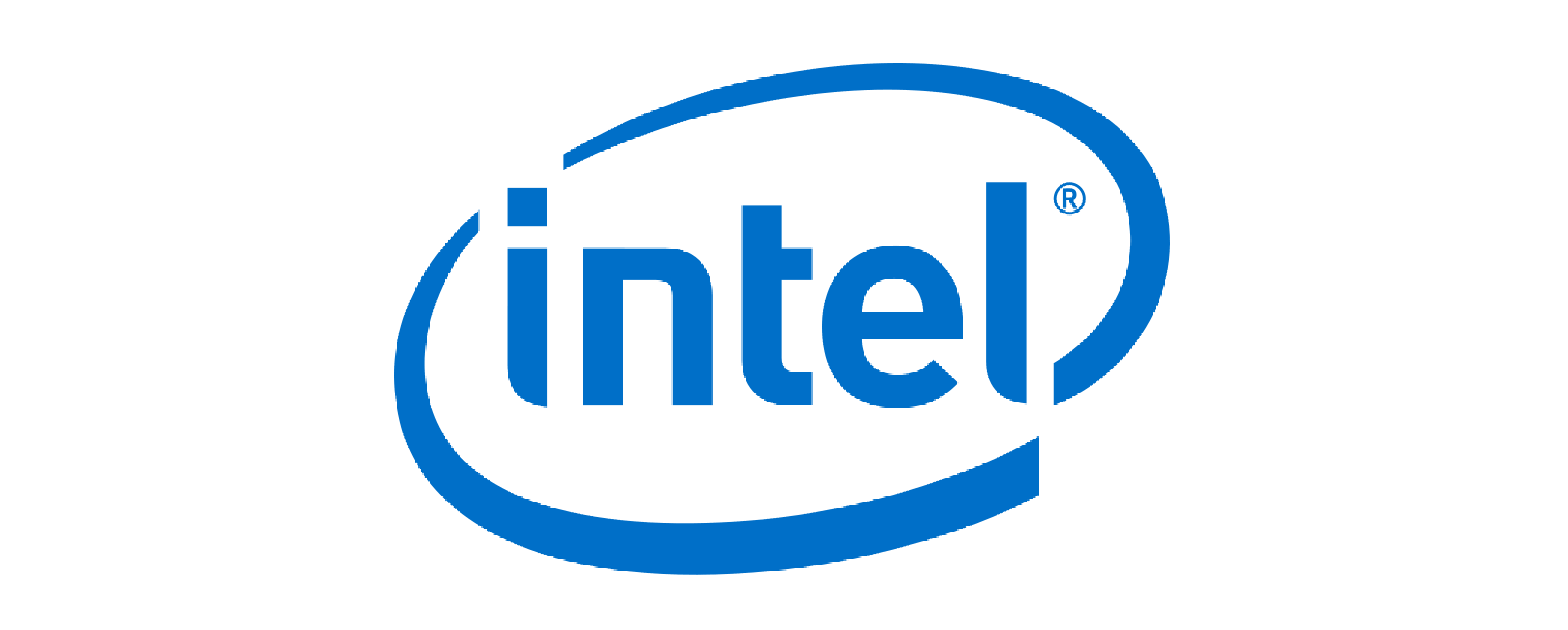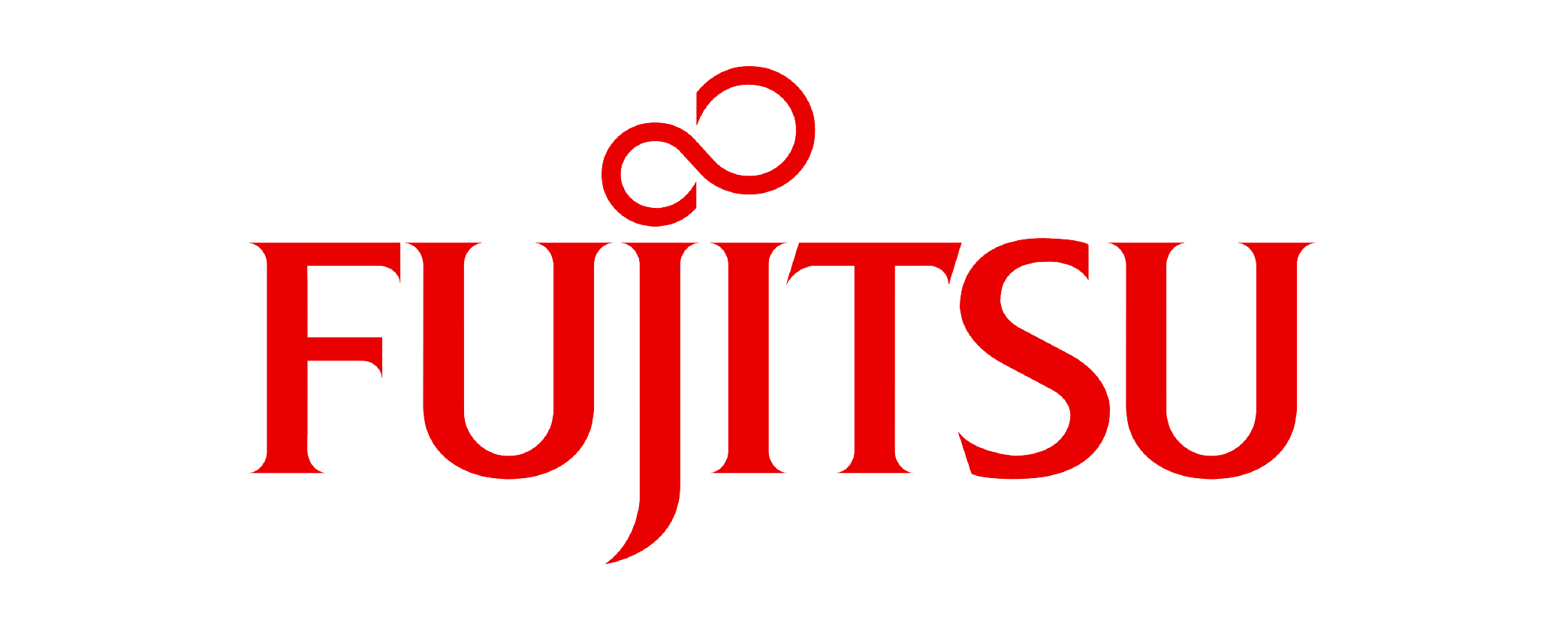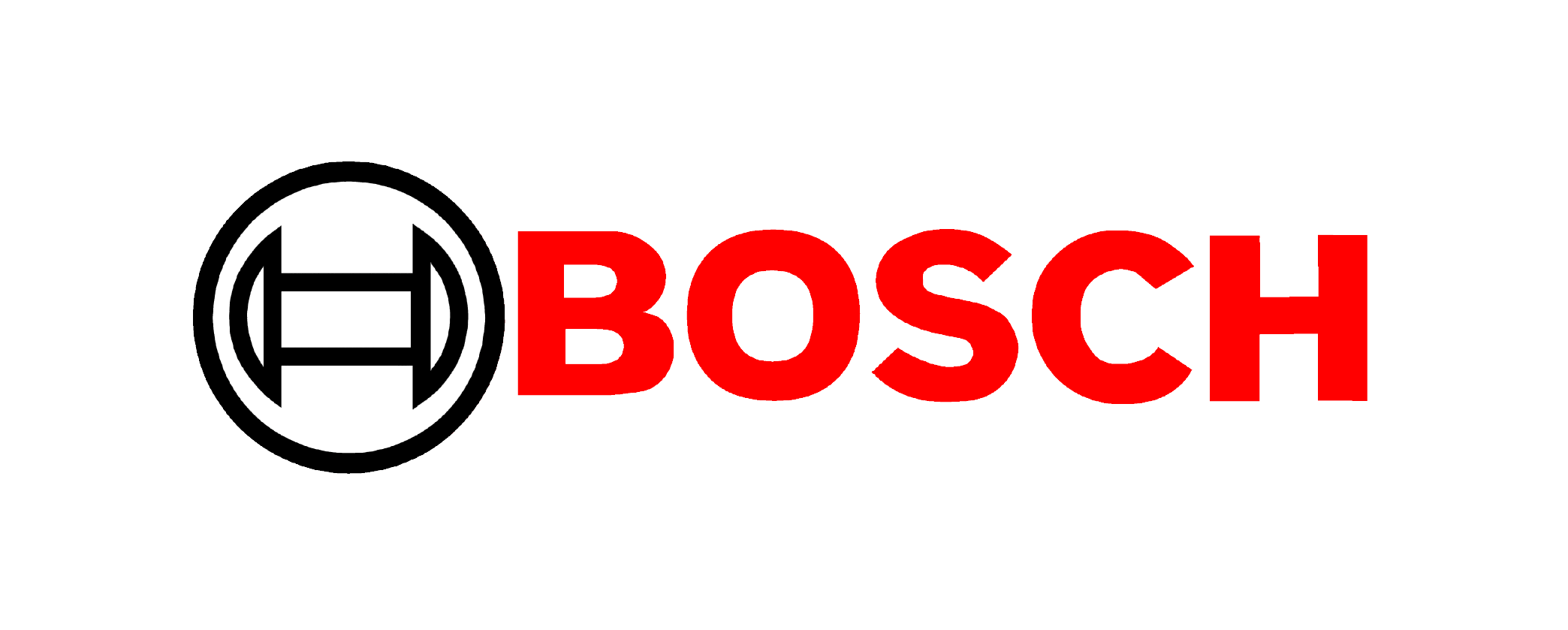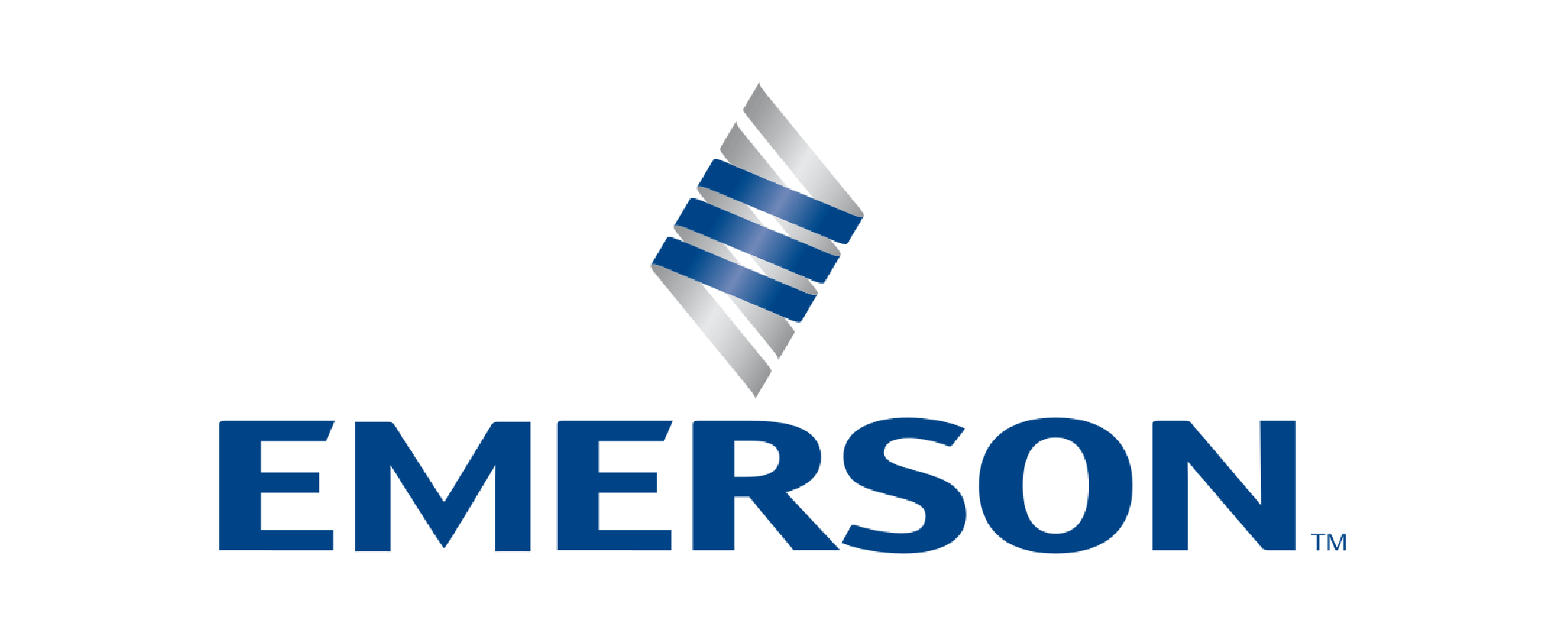The global Clinical Laboratory Tests Market size was valued at USD 260 Billion in 2024 and is projected to expand at a compound annual growth rate (CAGR) of 8% during the forecast period, reaching a value of USD 420 Billion by 2032.
The "Clinical Laboratory Tests Market Research Report" by Future Data Stats presents a comprehensive analysis of the market landscape, drawing on historical data from 2021 to 2023 to uncover significant trends and growth trajectories. Establishing 2024 as the baseline year, the report delves into consumer behavior, competitive dynamics, and regulatory contexts that shape the industry. It goes beyond mere observation, offering a meticulously researched forecast that spans from 2025 to 2033. Utilizing advanced data analysis techniques, the report not only charts the market's growth path but also highlights emerging opportunities and anticipates potential challenges, equipping stakeholders with crucial insights to navigate the evolving market environment effectively.
MARKET OVERVIEW:
Clinical laboratory tests help analyze samples like blood, urine, and tissues to detect diseases, monitor health conditions, and guide treatments. These tests support hospitals, clinics, and research institutions in making accurate medical decisions. Advanced diagnostic technologies improve speed and accuracy, ensuring better patient outcomes. The market for clinical laboratory tests grows due to increasing healthcare needs, rising chronic diseases, and advancements in medical diagnostics. Automated systems and AI-driven analysis enhance efficiency, reducing errors and turnaround times. Expanding healthcare infrastructure and demand for specialized testing further drive market expansion.
MARKET DYNAMICS:
Advancements in diagnostic technologies are shaping the clinical laboratory tests market, with automation and artificial intelligence improving accuracy and efficiency. The demand for molecular and genetic testing is increasing as precision medicine gains traction, enabling early disease detection and personalized treatment plans. Point-of-care testing is expanding, allowing faster diagnoses outside traditional lab settings. Additionally, digital solutions such as cloud-based laboratory information systems are streamlining data management and enhancing interoperability across healthcare networks. Emerging trends indicate a stronger focus on home-based testing, driven by patient convenience and remote healthcare adoption. Innovations in biomarker research are enhancing early disease detection, particularly in oncology and neurology. The integration of blockchain technology is strengthening data security and transparency in laboratory operations. Meanwhile, growing collaborations between diagnostic companies and research institutions are accelerating the development of novel testing solutions, creating new opportunities for market expansion.
As healthcare providers prioritize early diagnosis, the need for accurate and efficient laboratory tests has surged. Technological advancements in diagnostic tools, including automation and molecular testing, further enhance the capabilities of laboratories, enabling quicker and more reliable results. Additionally, the expanding geriatric population contributes to the overall market expansion, as older adults typically require more frequent testing to manage their health. However, the market also faces certain challenges, including regulatory hurdles and the high costs associated with advanced laboratory equipment. These factors may inhibit the entry of new players and restrict the growth of smaller laboratories. Nevertheless, opportunities abound in the form of personalized medicine and the integration of artificial intelligence in laboratory processes. As healthcare systems shift towards tailored treatment plans, the demand for specialized tests is likely to increase, paving the way for innovation and investment in the clinical laboratory sector.
CLINICAL LABORATORY TESTS MARKET SEGMENTATION ANALYSIS
BY TYPE:
Clinical laboratory tests market expands as demand for precise disease diagnosis rises. Clinical chemistry tests dominate due to their essential role in analyzing body fluids. Microbiology tests follow closely, detecting infections and guiding treatments. Hematology tests remain crucial for blood-related disorders, ensuring early intervention. Genetic tests gain traction with advancements in personalized medicine. Pathology tests support cancer diagnosis and tissue analysis, making them indispensable in healthcare. Toxicology tests play a vital role in drug screening and substance abuse detection, further driving market adoption.
Immunology tests witness growing demand as autoimmune diseases and allergies increase. Improved diagnostic technologies enhance test accuracy and efficiency. Widespread adoption in hospitals, diagnostic centers, and research labs fuels continuous market growth.
BY TEST TYPE:
Routine testing continues to drive the clinical laboratory tests market as healthcare providers focus on early disease detection. Increased demand for blood tests, urinalysis, and metabolic panels supports preventive care and routine health monitoring. The growing emphasis on wellness programs further fuels the need for regular laboratory screenings. Specialized testing is expanding with advancements in molecular diagnostics and genetic screening. Laboratories are integrating advanced techniques to detect complex diseases such as cancer and autoimmune disorders. Rising investments in research and personalized medicine are accelerating the development of targeted diagnostic solutions.
Esoteric testing is gaining momentum as demand for rare and complex disease diagnostics increases. These highly specialized tests require advanced equipment and expertise, driving collaborations between research institutions and laboratories. The growing focus on precision medicine is further boosting the adoption of esoteric testing in clinical practice.
BY APPLICATION:
Clinical laboratory tests market grows as demand for accurate disease detection increases. Infectious disease diagnosis remains a key application, with rapid testing essential for controlling outbreaks. Oncology testing gains prominence as early cancer detection improves survival rates. Endocrinology testing supports hormone-related disorder management, helping diagnose diabetes and thyroid conditions. Neurology testing advances with better biomarkers for detecting neurodegenerative diseases. Cardiology testing plays a crucial role in identifying heart-related conditions and preventing complications.
Nephrology testing expands as kidney diseases rise globally. Advanced diagnostic techniques enhance test accuracy and efficiency across healthcare settings. Growing investments in research and technology drive continuous market development.
BY END-USER:
Hospitals and clinics rely on clinical laboratory tests for accurate diagnoses and treatment decisions. Increased patient admissions and the need for rapid test results drive in-house laboratory expansions. The integration of electronic health records enhances efficiency and improves patient care. Diagnostic centers are expanding as demand for specialized and routine testing grows. These facilities invest in advanced diagnostic technologies to offer precise and quick results. Partnerships with healthcare providers and insurance companies further strengthen their market presence.
Research institutes and pharmaceutical and biotechnology companies play a crucial role in advancing laboratory testing. Ongoing studies in genetics, molecular diagnostics, and drug development drive innovation. Increased funding and collaborations accelerate the creation of new testing solutions for various medical conditions.
BY TECHNOLOGY:
Clinical laboratory tests market expands as advanced diagnostic technologies improve accuracy and efficiency. Polymerase Chain Reaction (PCR) remains a dominant method for detecting infectious diseases and genetic disorders. Enzyme-Linked Immunosorbent Assay (ELISA) plays a crucial role in identifying antibodies, making it essential for immunology and disease screening. Next-Generation Sequencing (NGS) revolutionizes genetic testing by enabling comprehensive analysis of DNA and RNA. Microarray technology enhances research and diagnostics by allowing simultaneous testing of multiple genetic markers. Immunohistochemistry (IHC) provides precise tissue analysis, supporting cancer detection and personalized treatment strategies.
Biochemical assays continue to drive market growth by analyzing enzymes, proteins, and metabolites in various diseases. Increased automation and integration of AI improve test accuracy and processing speed. Expanding applications in hospitals, research centers, and diagnostic labs further boost market demand.
REGIONAL ANALYSIS:
North America leads the clinical laboratory tests market due to advanced healthcare infrastructure and high adoption of innovative diagnostic technologies. The region benefits from strong government support, increased healthcare spending, and a rising demand for early disease detection. The presence of major diagnostic companies and research institutions further accelerates market growth. In Europe, advancements in precision medicine and molecular diagnostics are driving demand for specialized testing. Regulatory initiatives focused on improving healthcare quality and expanding laboratory capabilities continue to shape the market.
Asia Pacific is experiencing rapid growth due to expanding healthcare access, increasing investments in diagnostic laboratories, and a rising burden of chronic diseases. Countries like China, India, and Japan are adopting advanced testing methods, boosting market expansion. Latin America is witnessing steady growth with improvements in healthcare infrastructure and increased awareness of preventive diagnostics. The Middle East and Africa are gradually expanding their clinical laboratory capabilities, supported by government initiatives and collaborations with international diagnostic providers.
MERGERS & ACQUISITIONS:
- In July 2024: GE HealthCare acquired Intelligent Ultrasound Group PLC's clinical artificial intelligence (AI) software business for approximately $51 million.
- In June 2024: BioAI, a biotech company, collaborated with Genomic Testing Cooperative (GTC) to deliver innovative solutions for pharmaceutical companies and clinicians in oncology.
- In May 2024: Quest Diagnostics collaborated with PathAI to accelerate the adoption of digital and AI pathology innovations for diagnosing cancer and other diseases.
KEY MARKET PLAYERS:
- Abbott Laboratories
- Thermo Fisher Scientific Inc.
- Roche Diagnostics
- Siemens Healthineers
- Johnson & Johnson
- Danaher Corporation
- Sysmex Corporation
- bioMérieux SA
- Ortho Clinical Diagnostics
- Quest Diagnostics Inc.
- Laboratory Corporation of America Holdings
- Charles River Laboratories International Inc.
- NeoGenomics Laboratories Inc.
- Sonic Healthcare
- OPKO Health Inc.
- BioReference Laboratories Inc.
- Genomic Health Inc.
- Invitae Corporation
Clinical Laboratory Tests Market: Table of Contents
-
Executive Summary
-
Introduction
- Market Definition
- Market Scope
- Research Methodology
-
Market Dynamics
- Drivers
- Restraints
- Opportunities
- Challenges
-
Clinical Laboratory Tests Market Segmentation
- By Type
- By Test Type
- By Application
- By End-User
- By Technology
- By Region
- North America
- Europe
- Asia Pacific
- Latin America
- Middle East & Africa
-
Competitive Landscape
- Key Players
- Market Share Analysis
- Strategic Developments
-
Market Trends and Technological Advancements
-
Regulatory Framework and Compliance
-
Impact of COVID-19 on the Market
-
Future Outlook and Market Forecast
-
Conclusion and Recommendations
Clinical Laboratory Tests Market Segmentation
By Type:
- Clinical Chemistry Tests
- Microbiology Tests
- Hematology Tests
- Genetic Tests
- Pathology Tests
- Toxicology Tests
- Immunology Tests
By Test Type:
- Routine Testing
- Specialized Testing
- Esoteric Testing
By Application:
- Infectious Disease Diagnosis
- Oncology Testing
- Endocrinology Testing
- Neurology Testing
- Cardiology Testing
- Nephrology Testing
By End-User:
- Hospitals and Clinics
- Diagnostic Centers
- Research Institutes
- Pharmaceutical and Biotechnology Companies
By Technology:
- Polymerase Chain Reaction (PCR)
- Enzyme-Linked Immunosorbent Assay (ELISA)
- Next-Generation Sequencing (NGS)
- Microarray Technology
- Immunohistochemistry (IHC)
- Biochemical Assays
By Geography:
- North America (USA, Canada, Mexico)
- Europe (UK, Germany, France, Italy, Spain, Rest of Europe)
- Asia-Pacific (China, Japan, South Korea, India, Rest of Asia-Pacific)
- South America (Brazil, Rest of South America)
- Middle East and Africa (GCC Countries, South Africa, Rest of MEA)
Key Reasons to Buy this Report
· Comprehensive Insights: This market research report provides in-depth and comprehensive insights into the industry, market trends, and key dynamics. The thorough data collection, analysis, and interpretation processes offer valuable information and a clear understanding of the market landscape.
· Future Predictions: The report includes detailed future data statistics, forecasts, and predictions based on rigorous analysis and modeling techniques. These insights can aid in making informed decisions and developing strategies that align with the projected market scenarios.
· Industry Analysis: The report offers a comprehensive industry analysis, including factors such as market size, market share, competitive landscape, and key players. This overview of the industry's current status, growth potential, and competitive dynamics can help identify lucrative opportunities.
· Market Trends and Opportunities: By purchasing this report, you gain access to up-to-date information on the latest market trends and emerging opportunities. This knowledge can help you identify potential growth areas and adapt your business strategies accordingly.
· Risk Mitigation: The report provides insights into potential risks, challenges, and barriers to entry in the market, enabling you to develop risk mitigation strategies and anticipate market fluctuations.
· Investment Decision Support: The reliable and data-driven information in this report can aid investors, venture capitalists, and financial institutions in their investment decision-making processes, helping evaluate market potential and expected returns.
· Product Development and Innovation: The insights into consumer preferences, needs, and demands can be leveraged for product development and innovation, leading to enhanced customer satisfaction and market success.
· Strategic Planning: The comprehensive market overview, competitive positioning, and growth potential information in this report can serve as a foundation for strategic planning, goal setting, and resource allocation.
· Market Entry and Expansion: For businesses looking to enter new markets or expand their operations, this report provides valuable insights into market dynamics, consumer behavior, regulatory frameworks, and competitive landscapes, supporting informed decision-making.
· Evidence-Based Decision Making: The data-driven analysis and insights in this report can enable you to make informed decisions, reducing the risk of costly mistakes and increasing the likelihood of achieving your business objectives.
RESEARCH METHODOLOGY
With a collective industry experience of about 70 years of analysts and experts, Future Data Stats encompasses the most infallible research methodology for its market intelligence and industry analysis. Not only does the company dig deep into the innermost levels of the market, but also examines the minutest details for its market estimates and forecasts.
This approach helps build a greater market-specific view of size, shape, and industry trends within each industry segment. Various industry trends and real-time developments are factored into identifying key growth factors and the future course of the market. The research proceeds are the results of high-quality data, expert views & analysis, and valuable independent opinions. The research process is designed to deliver a balanced view of the global markets and allows stakeholders to make informed decisions, to attain their highest growth objectives.
Future Data Stats offers its clients exhaustive research and analysis, based on a wide variety of factual inputs, which largely include interviews with industry participants, reliable statistics, and regional intelligence. The in-house industry experts play an instrumental role in designing analytic tools and models, tailored to the requirements of a particular industry segment. These analytical tools and models distill the data & statistics and enhance the accuracy of our recommendations and advice.
With Future Data Stats calibrated research process and 360° data-evaluation methodology, the clients receive:
· Consistent, valuable, robust, and actionable data & analysis that can easily be referenced for strategic business planning
· Technologically sophisticated and reliable insights through a well-audited and veracious research methodology
· Sovereign research proceeds that present a tangible depiction of the marketplace
· With this strong methodology, Future Data Stats ensures that its research and analysis is most reliable and guarantees sound business planning.
The research methodology of the global market involves extensive primary and secondary research. Primary research includes about 24 hours of interviews and discussions with a wide range of stakeholders that include upstream and downstream participants. Primary research typically is a bulk of our research efforts, coherently supported by extensive secondary research. Over 3000 product literature, industry releases, annual reports, and other such documents of key industry participants have been reviewed to obtain a better market understanding and gain enhanced competitive intelligence. In addition, authentic industry journals, trade associations' releases, and government websites have also been reviewed to generate high-value industry insights.
Primary Research:
· Identify key opinion leaders
· Questionnaire design
· In-depth Interviews
· Coverage across the value chain
Desk Research:
· Company Website
· Company Annual Reports
· Paid Databases
· Financial Reports
Company Analysis:
· Market Participants
· Key Strengths
· Product Portfolio
· Mapping as per Value Chain
· Key focus segment
Primary research efforts include reaching out to participants through emails, telephonic conversations, referrals, and professional corporate relations with various companies that make way for greater flexibility in reaching out to industry participants and commentators for interviews and discussions.
The aforementioned helps to:
· Validate and improve data quality and strengthen the research proceeds
· Develop a market understanding and expertise
· Supply authentic information about the market size, share, growth, and forecasts
The primary research interview and discussion panels comprise experienced industry personnel, including Chief executives and VPs of leading corporations specific to an industry, Product and sales managers or country heads, Channel partners & top-level distributors, and Banking, investments, and valuation experts.
Secondary Research:
A broad array of industry sources for the secondary research typically includes, but is not limited to:
· Company SEC filings, annual reports, company websites, broker & financial reports, and investor presentations for a competitive scenario and shape of the industry
· Patent and regulatory databases to understand technical & legal developments
· Scientific and technical writings for product information and related preemptions
· Regional government and statistical databases for macro analysis
· Authentic news articles, web-casts, and other related releases to evaluate the market
· Internal and external proprietary databases, key market indicators, and relevant press releases for market estimates and forecasts
Analyst Tools and Models:
Bottom-up Approach:
· Arriving at Global Market Size
· Arriving at Regional/Country Market Size
· Market Share of Key Players
Top-down Approach:
· Key Market Players
· Market Share of Key Players
· Arriving at Regional/Country Market Size
· Arriving at Global Market Size
Clinical Laboratory Tests Market Dynamic Factors
Drivers:
- Rising prevalence of chronic and infectious diseases
- Advancements in diagnostic technologies and automation
- Growing demand for early disease detection and personalized medicine
- Increasing healthcare expenditure and improved infrastructure
- Expanding applications in hospitals, clinics, and research centers
Restraints:
- High costs of advanced diagnostic tests and equipment
- Stringent regulatory requirements and compliance challenges
- Limited access to laboratory services in remote areas
- Shortage of skilled professionals in clinical diagnostics
Opportunities:
- Integration of artificial intelligence and automation in testing
- Expansion of telemedicine and home-based diagnostic solutions
- Growing investments in healthcare infrastructure and research
- Rising adoption of molecular and genetic testing
Challenges:
- Maintaining test accuracy and reliability in high-throughput environments
- Addressing ethical and privacy concerns in genetic testing
- Managing laboratory operational costs and reimbursement issues
- Ensuring global standardization and interoperability of diagnostic procedures
Clinical Laboratory Tests Market Regional Key Trends Analysis
North America:
- Increased adoption of AI and automation in laboratory testing.
- Rising demand for personalized medicine and genetic testing.
- Expansion of point-of-care and home-based diagnostic solutions.
Europe:
- Growth in molecular diagnostics and biomarker research.
- Strong regulatory initiatives supporting laboratory advancements.
- Increasing collaborations between research institutions and diagnostic firms.
Asia Pacific:
- Rapid expansion of diagnostic facilities in emerging economies.
- Rising investments in precision medicine and advanced testing.
- Growing demand for infectious disease and chronic condition screening.
Latin America:
- Improving healthcare infrastructure and laboratory accessibility.
- Increasing awareness of preventive health screenings.
- Expanding partnerships with international diagnostic companies.
Middle East & Africa:
- Government initiatives supporting laboratory modernization.
- Rising focus on early disease detection and routine testing.
- Growing investment in digital health and mobile diagnostics.
Frequently Asked Questions
